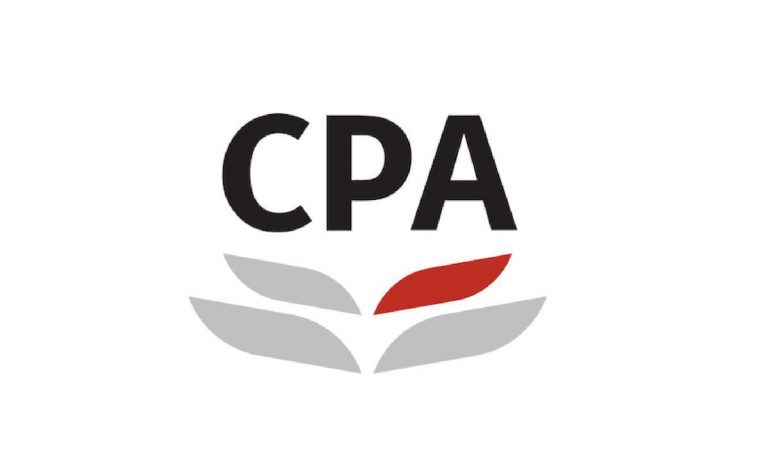Effective communication is a vital skill which helps to foster a better mutual understanding with the people we interact with.
We have all spent years learning how to communicate through reading, writing and speaking, but few of us have really focused on learning how to listen in order to understand. American author Dr. Stephen Covey introduced the concept of “empathic listening” in his book The 7 Habits of Highly Effective People, the fifth habit of which is to: “Seek first to understand, then to be understood.”
Empathic listening helps us to understand others, and to do so with a sincere desire to see things from other people’s point of view – such as their reasons for feeling a certain way. The first essential step involves “active listening,” that is paying attention to what another person says. As illustrated in the example below, active listening is an acquired skill, and one which is only possible through overcoming certain “listening blocks.”
n
The seven listening blocks
One evening, while stretching in the gym, a friend of mine shared his worries. He suspected he had a serious health problem, and had taken a number of medical examinations. The medical report would be ready the following week and he was understandably scared. One can become a better listener by avoiding the following seven mistakes, or “listening blocks”:
- Advise. Jumping in and taking charge of the conversation by giving suggestions and advice. “I know a very famous Chinese doctor who has cured many rare diseases before. I’ll WhatsApp his name card to you when I get home.”
- Debate. Making a point instead of understanding what had been communicated. “You’re wrong. You do not have the symptoms of that disease.”
- Interrupt. Interrupting with your own story. “The same thing happened to a friend of mine last year. She consulted six doctors but still could not find out the cause of her high body temperature.”
- Judge. Trying to find fault and immediately invalidating what had been said. “You said you are worried and did not sleep well, but worrying is useless and a waste of time!”
- Minimize. Playing down one’s message, feelings and experience, albeit with a well-intention effort to console the person. “Don’t worry! Last year, a friend of mine had more severe symptoms than you have now. After a thorough medical check-up, it was found that she only lacked vitamins.”
- Passive listening. “Zoning out” and pretending to listen, or preparing what you would say when it is your turn to speak. “By the way, are you coming to the yoga class starting in 10 minutes?”
- Sidetrack. Avoiding the topic by changing the subject altogether. “I’ve always believed that regular exercise is very important for our health. I plan to join one more type of group exercise.”
By avoiding these seven “listening blocks,” we are able to pay more attention to the person we are speaking to and observe body language such as facial expressions to better understand and empathize with someone’s emotions.
An appropriate response
Maintain eye contact during a conversation and respond with a nod of the head or an expression of “Uh-ha” from time to time to signal attention. During pauses, repeat in your own words what you have heard to ensure understanding. When replying, take note of your facial expressions and tone of voice.
Like many other people, I did not learn how to listen until recent years. In the previously mentioned conversation, I purposely stopped myself from using the seven listening blocks, which was not easy. I paid my full attention to what my friend had said, observed his body language and responded with the appropriate signals. It’s never too late to learn, and if you work on developing your active listening skills, you will not only become a better listener, but a more effective communicator as well – you might even see an improvement in your relationships.












